
DISCLOSURE: This post may contain affiliate links, meaning when you click the links and make a purchase, I receive a commission. As an Amazon Associate I earn from qualifying purchases.
For every foodie out there, there is a never-ending list of dishes to try spanning cuisine from all around the world. Some people are interested in Mexican food for its savory flavor, while some are interested in Indian cuisine for its spiciness.
However, anyone with a fondness for Japanese cuisine will undoubtedly have run into confusion about hot pot Vs. shabu shabu. By the end of this article, you’ll know everything there is to know about these two fantastic food types.
What Is The Difference Between Shabu Shabu And Hot Pot?
The only similarity between shabu shabu and hot pot is that both are cooked with somewhat similar veggies and meat slices. However, shabu shabu is only parboiled in the sauce. The meat cooks quickly in the broth before you, not beforehand in the hot pot.
Shabu-shabu also doesn’t require egg dips. On the other hand, a hot pot is meant to be cooked thoroughly with the ingredients in the pot over an extended period.
Hot Pot Vs. Shabu Shabu Comparison
| Shabu-Shabu | Hot Pot | |
|---|---|---|
| Origin | 1952, Osaka, Japan | 1046 - 256 B.C., Zhou Dynasty China |
| Names | Shabu Shabu, Japanese Hot Pot, Nabemono Hot Pot | Hot Pot, Chinese Hot Pot, Huǒguō, Fire Pot, Chinese Fondue |
| Definition | Thinly Sliced Meat/Protein Cooked In Hotpot Broth Containing Various Vegetables In A Stock By Swishing It Around Just Before Eating | Communal Meal In Shallow Pot Containing Broth, Noodles, Sugar, Sake, Soy, Mirin And Various Meats & Seafood |
| Meat Types | All, Thinly Sliced - Wagyu/Ribeye Popular | All, Thinly Sliced |
| Sauces | Ponzu, Spicy Ponzu, All Varieties Of Sauces | No Traditional Sauce, Sweet & Spicy Common |
| Preparation | Dashi Broth (Seaweed) With Vegetables (Napa Cabbage, Broccoli, Carrots, Mustard Greens, Long Green Onion, Mochi, Mushrooms), Noodles & Tofu In Which Paper Thin Meat/Protein Is Swished Until Cooked And Then Dipped | One-Pot Communal Stew Containing All Varieties Of Meat, Seafood & Vegetables With Or Without Dipping Sauces |
| Variations | Wakame no Shabu-shabu, Hamo-Shabu, Buri-Shabu, Tako-Shabu, Kurobuta, Shabu, Tori-Shabu | Countless Variations |
| Sides | Pickled Carrots, Pickled Spring Onions, Steamed White Rice, Germinated Brown Rice, Dipping Sauces | Rice, Dipping Sauces, Desserts |
Hot Pot Vs. Shabu Shabu
Our breakdown of hot pot vs. shabu shabu details all the defining differences that make each meal so special.
Shabu Shabu
The confusion between shabu shabu and other hot pot dishes largely arises due to shabu shabu being a hot pot meal. Shabu shabu is a Japanese hot pot dish that rose to popularity during the mid-20th century.
Consisting of mainly slivered meat and bite-sized vegetables in broth, shabu shabu is not only prepared in a very specific way but eaten specifically as well. Let’s take a closer look at the main defining characteristics of shabu shabu and its preparation.
Origin
The Chinese hot pot dish shuan yang rou, otherwise known as a Mongolian mutton hot pot, was introduced to a Japanese doctor during World War II. In 1946 after the war had run its course, the doctor shared the recipe with one of his favorite chefs.
He renamed his creation to mizudaki after adapting the recipe for a Japanese palate while also swapping the lamb or mutton for beef which was easier to source.
In 1952, Suehiro restaurant in Osaka, Japan, evolved mizudaki into the distinctive broth and dipping meat meal that we know today and renamed it to shabu shabu. Suehiro is still running to this day.
Names
The name shabu shabu was invented by Suehiro restaurant and is an onomatopoeia for the sound that the meat or meat substitute makes as it is swished in the broth. Shabu-shabu literally translates to “swish swish.”
All variations that follow shabu shabu’s basic structure all include ‘shabu’ as part of the name. It is also known as a Japanese hot pot or a nabemono dish.
Definition
The confusion between shabu shabu and other hot pot dishes largely arises due to shabu shabu being a hot pot meal in which the stew is prepared with various ingredients but not the main protein or meat in most cases.
The main meat or alternate protein, which is always thinly sliced, is cooked in the hot broth immediately by swishing it around just before eating.
Meat Types
Due to the nature of shabu shabu meat being literally cooked immediately in the broth, all varieties will always be thinly sliced. Expect sliced beef, pork, crab, lamb, mutton, lobster, duck, or even more exotic meats.
The majority of high-end restaurants will serve ribeye steak or wagyu beef while cheaper but flavorful cuts like sirloin are also popular.
Sauces
Like many hot pot meals, shabu shabu is typically served with a variety of dipping sauces. Traditionally, sesame sauce is served with meat, while ponzu, a Japanese citrus sauce, conventionally accompanies vegetables.
[amazon box =”B00KTYEVC0″]
These two base sauces are often adapted to a spicy palette for those who like hot food.
Preparation
Shabu shabu is prepared by making dashi, or broth, from Kombu, otherwise known as kelp or seaweed. Vegetables, noodles, and tofu are added to the broth to grant flavor.
Commonly used other ingredients include Chinese cabbage, broccoli, carrots, mustard greens, long green onion, mochi slices, and mushrooms. For authentic flavor, opt for either enoki, shimeji, shiitake, or a blend of the three.
Finally, thinly sliced raw meat, fish, tofu, or vegetables are swished in the piping hot broth, which allows it to quickly cook before being dipped into an array of sauces.
Variations
Shabu-shabu is normally used to refer to the standard recipe using standard cuts of Japanese domestic beef. Pork shabu shabu is known as ton-shabu. There are also regional variations as follows:
- Wakame no Shabu-shabu – Tohoku Region: includes pork and dried sea tangle (a type of seaweed also known as Kombu)
- Hamo-Shabu – Kansai Region: includes pike peel, angelica root, and various Japanese flowers.
- Buri-Shabu – Toyama Prefecture: includes slices of fresh yellowtail, yuzu, and mochi.
- Tako-Shabu – Hokkaido Prefecture: includes octopus.
- Kurobuta-Shabu – Kagoshima Prefecture: includes pork belly from the Kurobuta breed of Japanese black pig.
- Tori-Shabu – Shabu-shabu served with slivers of chicken from the Nagoya-cochin Japanese breed.
Sides
The sides usually include Japanese pickled carrots and spring onions, but you can also add them to the sauce to optimize the flavor according to your taste. Steamed white rice is another popular side, as is germinated brown rice which is known as hatsuga genmai in Japan.
Shabu-shabu is also almost always served with a range of tasty dipping sauces.
Hot Pot
A meal prepared in a hot pot is a flavorful, communal event that allows everyone to partake while picking out exactly what part of the dish they prefer. Here’s a breakdown of the defining characteristics of hot pot meals.
Origin
Hot pot cooking can be traced back to the Zhou Dynasty in China, which ranged between 1046 and 256 B.C.
Chinese traders are believed to have introduced the hot pot style of cooking to Japan during the second world war when a Japanese doctor was served shuan yang rou or a traditional mutton hot pot.
Following the war, the recipe was shared by the doctor with one of his favorite chefs who adapted it and infused Japanese flavors. The dish was referred to as mizudake, which translates to “cooked in hot water.”
In 1952, mizudaki was renamed for the first time to shabu shabu by Suehiro restaurant.
Names
There are countless recipes for hot pot meals going by many names. The traditional Chinese words for a hot pot are huǒguō, which is pronounced ‘hwor-gwor’ and translates to ‘fire-pot.’ However, in Japan, a hot pot dish is known as nabemono style.
Shabu-shabu is just one of many nabemono recipes available but also one of the best known.
Definition
A hot pot meal is a stew or soup cooked at the dinner table on a portable stove. The meal is consumed as it cooks, and those partaking get to dish up the ingredients they prefer directly from the pot.
Hot Pot meals are often served with a dip or feature a strong stock. In Japan, a hot pot meal is called a nabemono.
Meat Types
You’ll find hot pots being prepared using all varieties of meat, internal organs, and bi-products like offal such as intestines. Hot Pots are also prepared using exotic meats and seafood.
Sauces
There’s no limit to the variety of sauces you’ll find served with a hot pot. From sweet to spicy spanning everything in between, sauce selection for dipping is endlessly versatile.
Preparation
A Chinese or Japanese hot pot is a communal feast cooked in shallow pots. A pot of broth is cooked up on a portable burner set center stage on a table. The broth commonly includes noodles, sugar, sake, soy, and mirin, and a host of vegetables to fortify the flavor.
Meats, seafood, vegetables, and tofu, pre-prepared or raw, are placed around it. The food is cooked together, with each ingredient being added consequentially.
Many hot pots do not include meat as a part of the broth but instead serve paper-thin slices of meat and seafood cooked individually in each person’s own bowl in the hot broth. A dipping sauce typically accompanies certain hot pots, as is seen in shabu shabu.
Variations
There are endless variations of the Chinese hot pot. The basic cooking procedure has been adopted around the world to feature all types of flavors and ingredients.
Sides
The most common side dish for a Chinese hot pot is a bed of rice. Dipping sauces are common and almost always served with a tasty hot pot. Many opt to leave out a side dish completely, given the variety of ingredients in the average hot pot.
Desserts are far more popular. For something traditional, go for durian ice cream, fried durian, egg tarts, or mango pudding.
Hot Pot Vs. Shabu-Shabu, Final Thoughts
Essentially, shabu shabu is very similar to a Chinese hot pot. Many would even consider it to be a variety of hot pot, but the Japanese origins and manner of swishing the primary protein in hot broth cooking it just before eating make shabu shabu a must-try delicacy.
Yet, don’t overlook the many classic recipes and endless variety that a good hot pot offers.
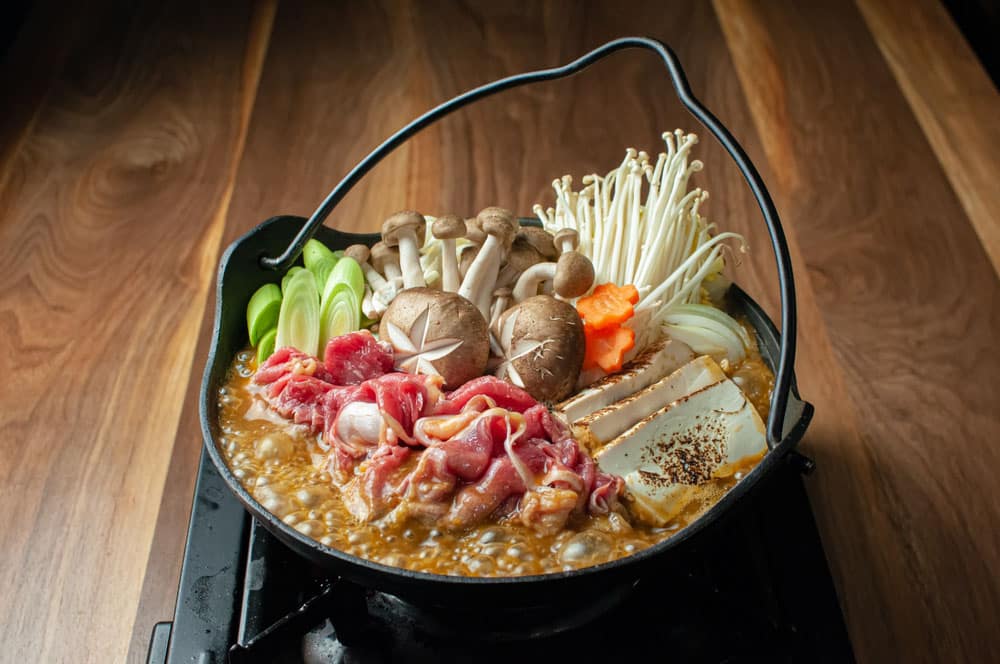

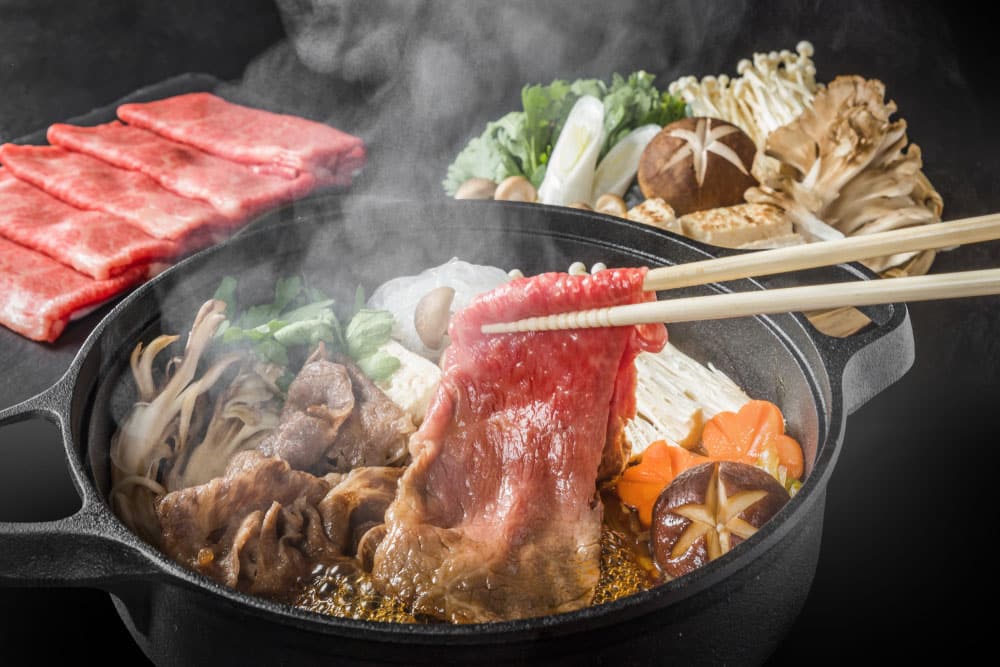
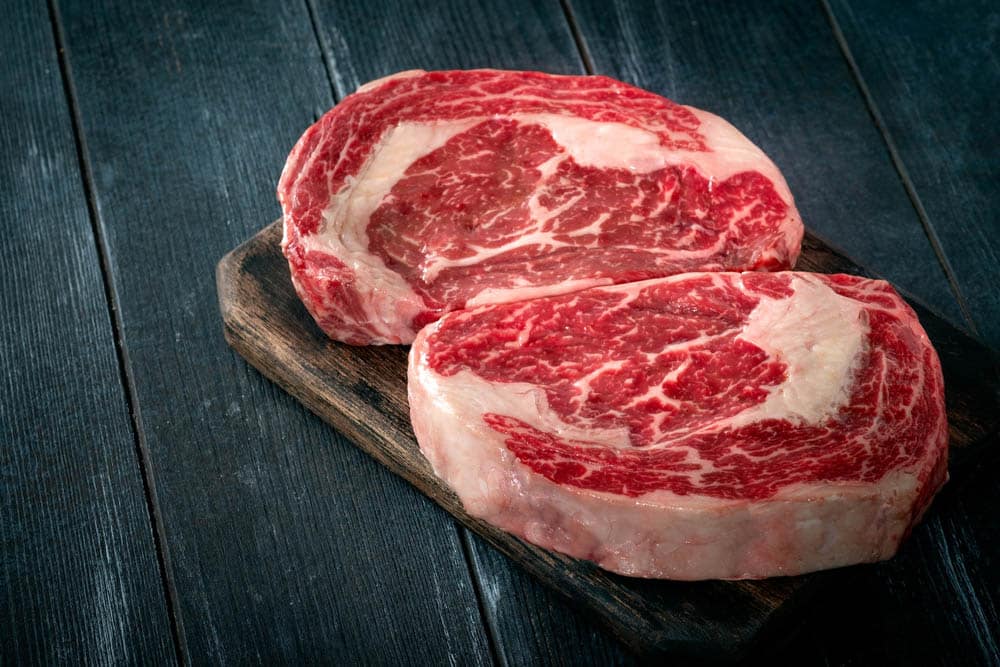
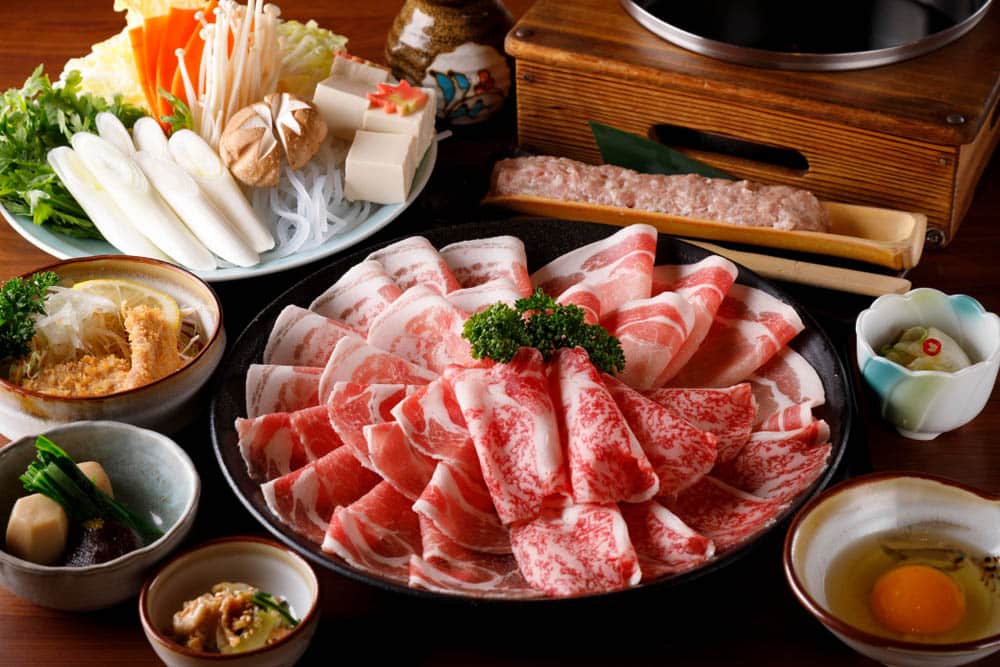
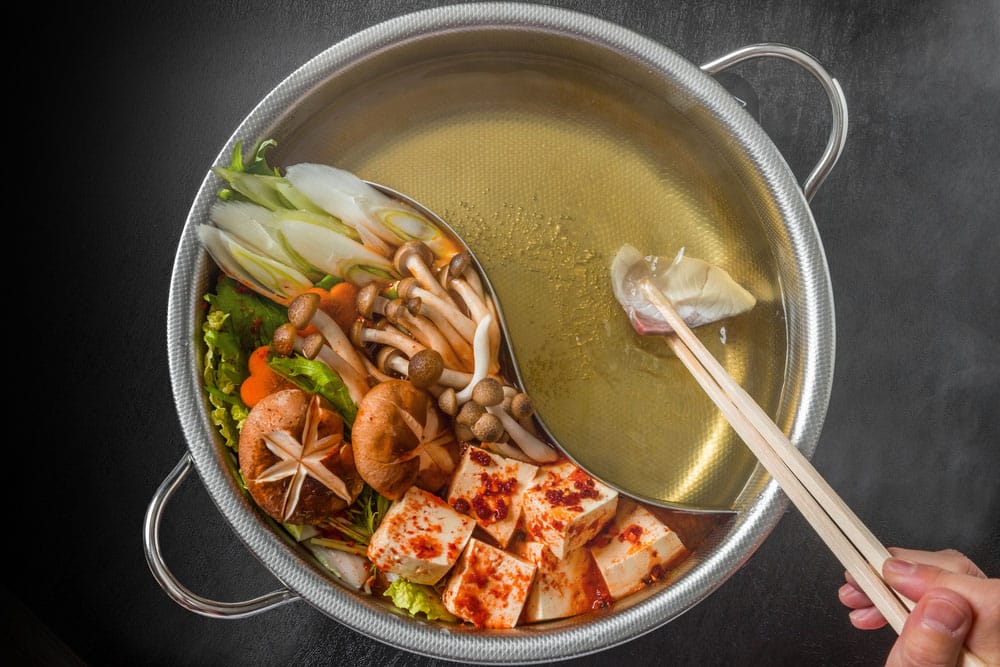
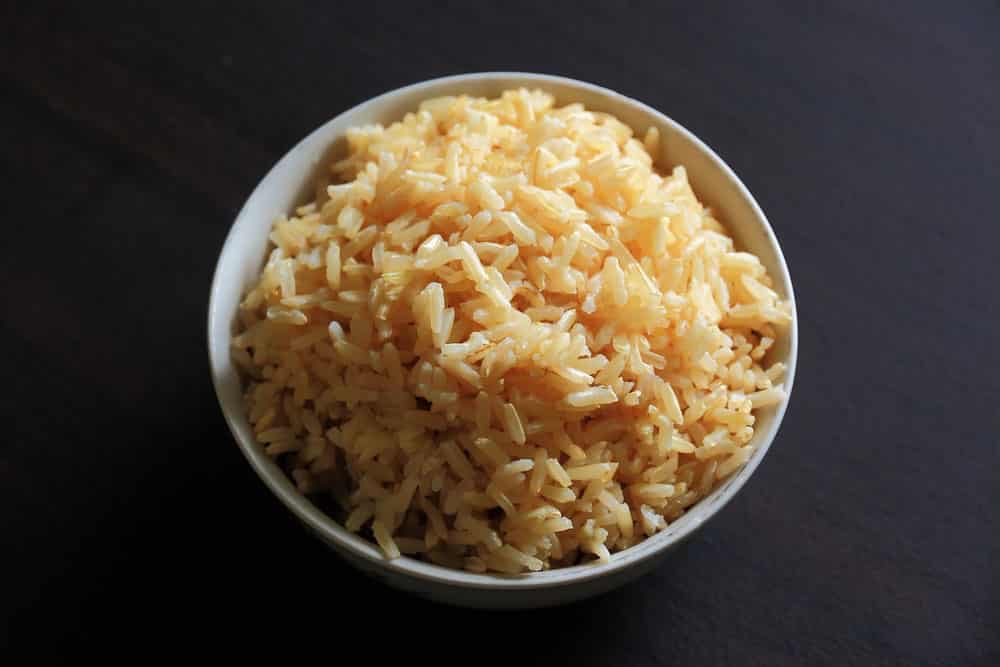
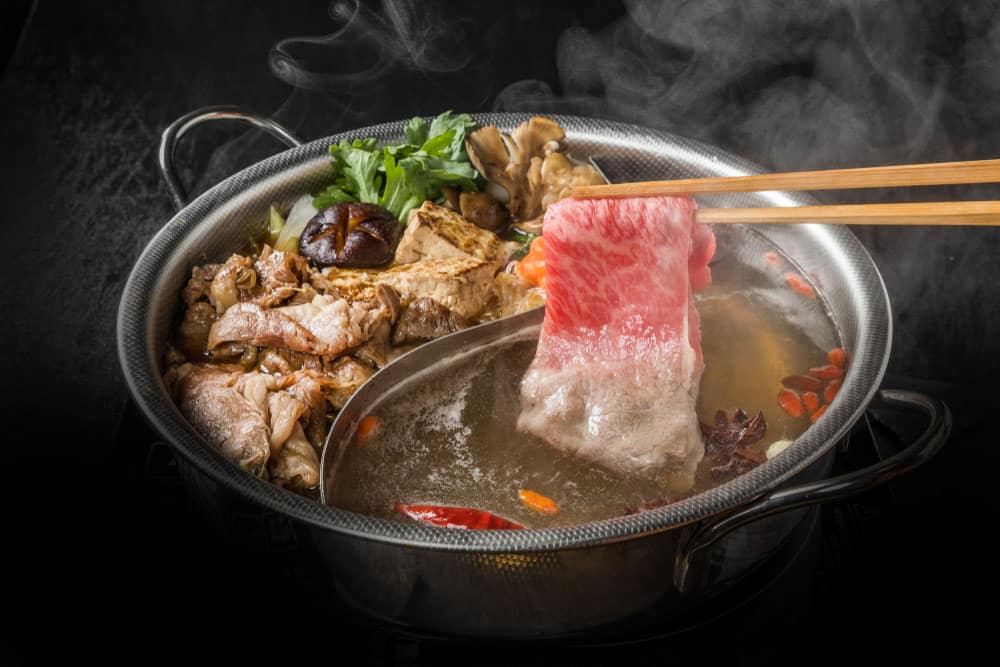

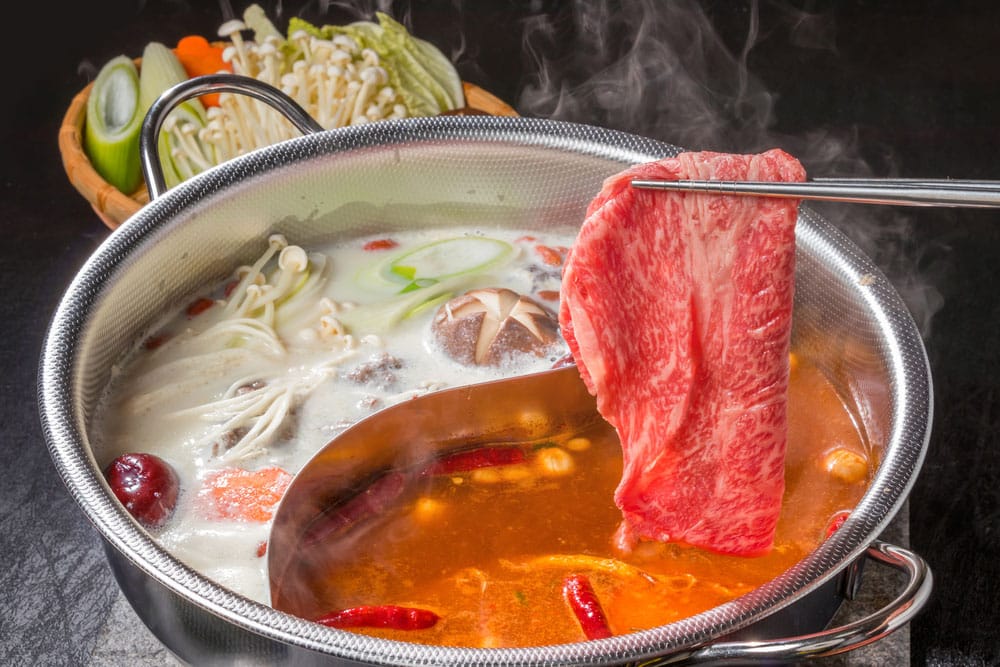
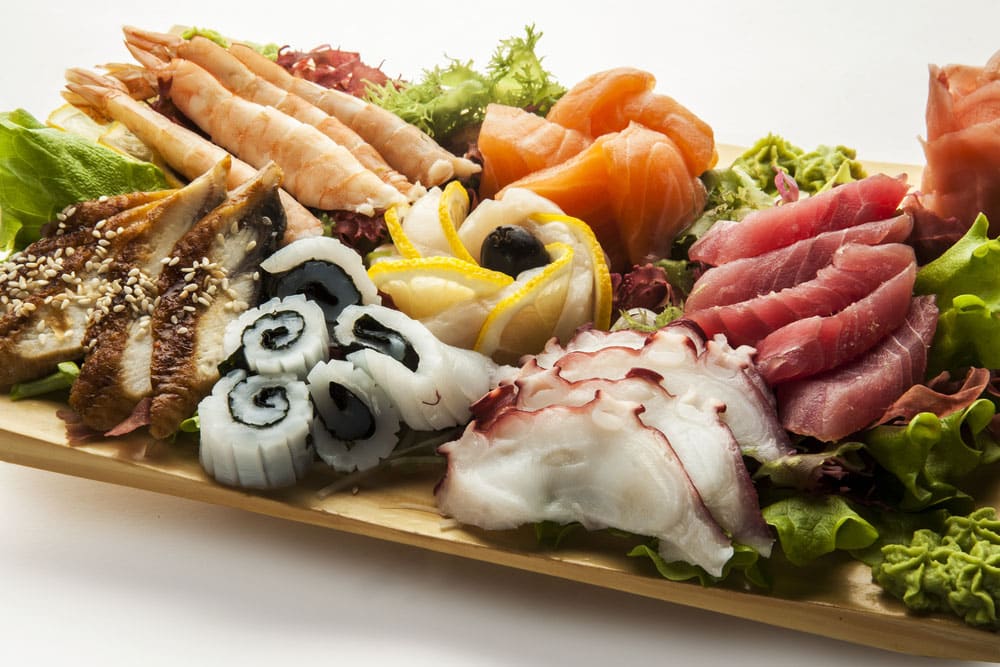
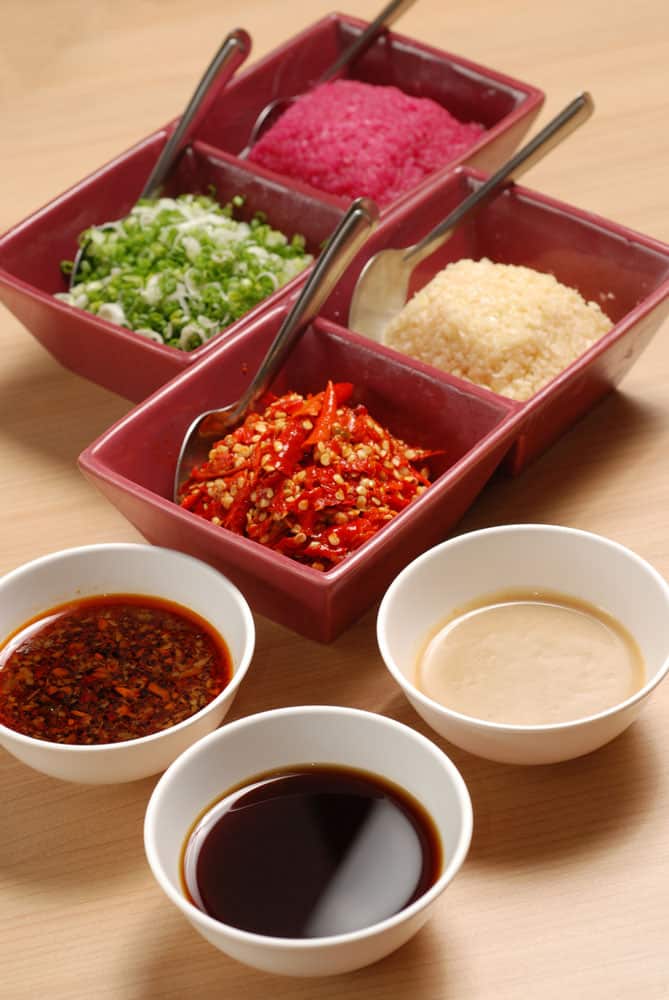
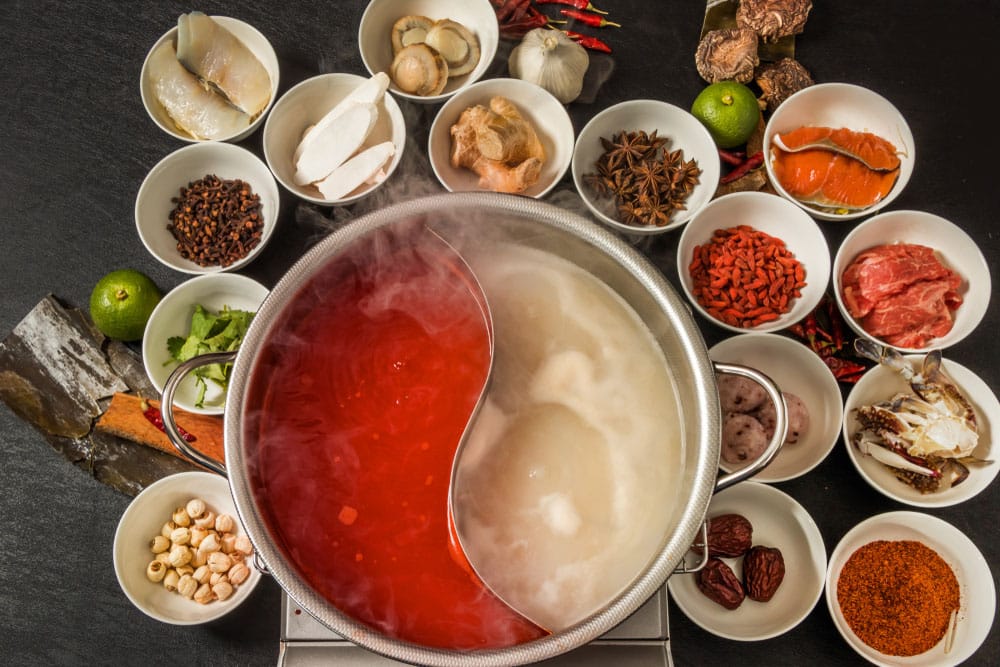
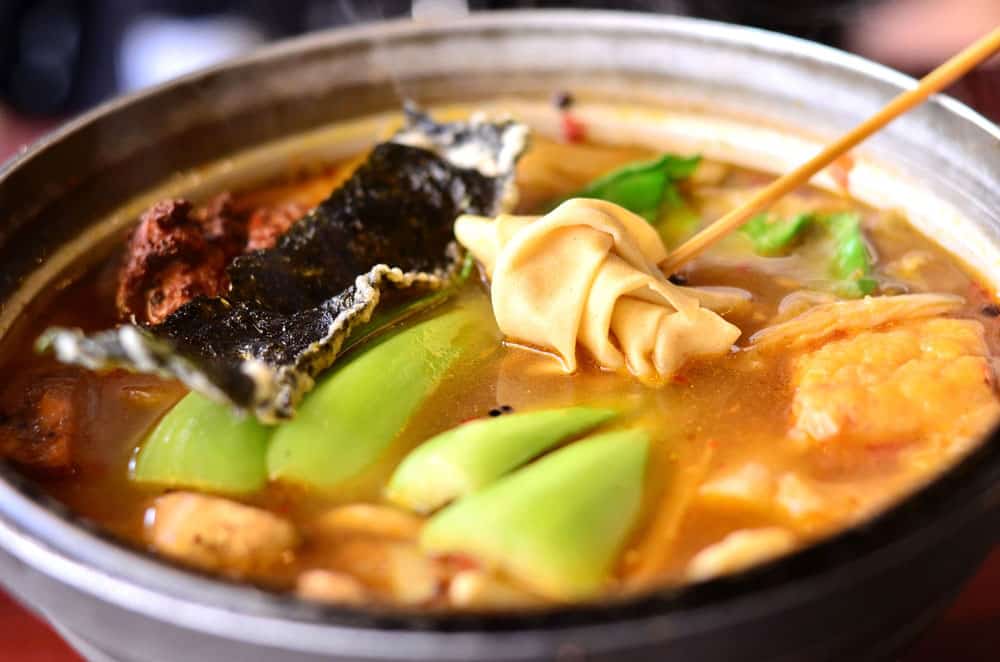
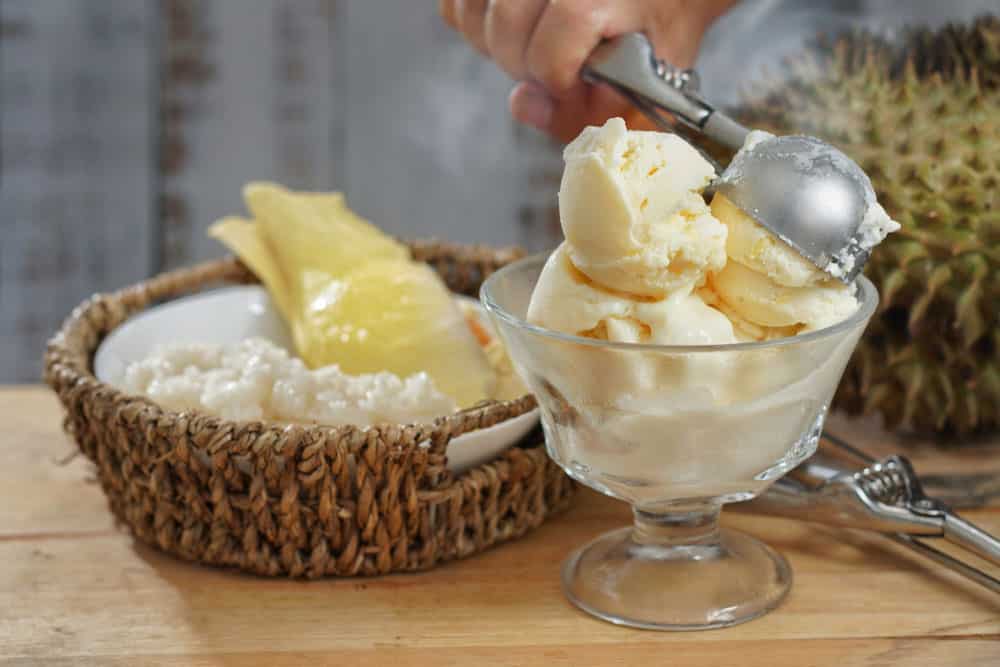
Thank you so much for the valuable and most complete information you provided on the difference of Hot Pot and Shabu Shabu. Good Job !!!